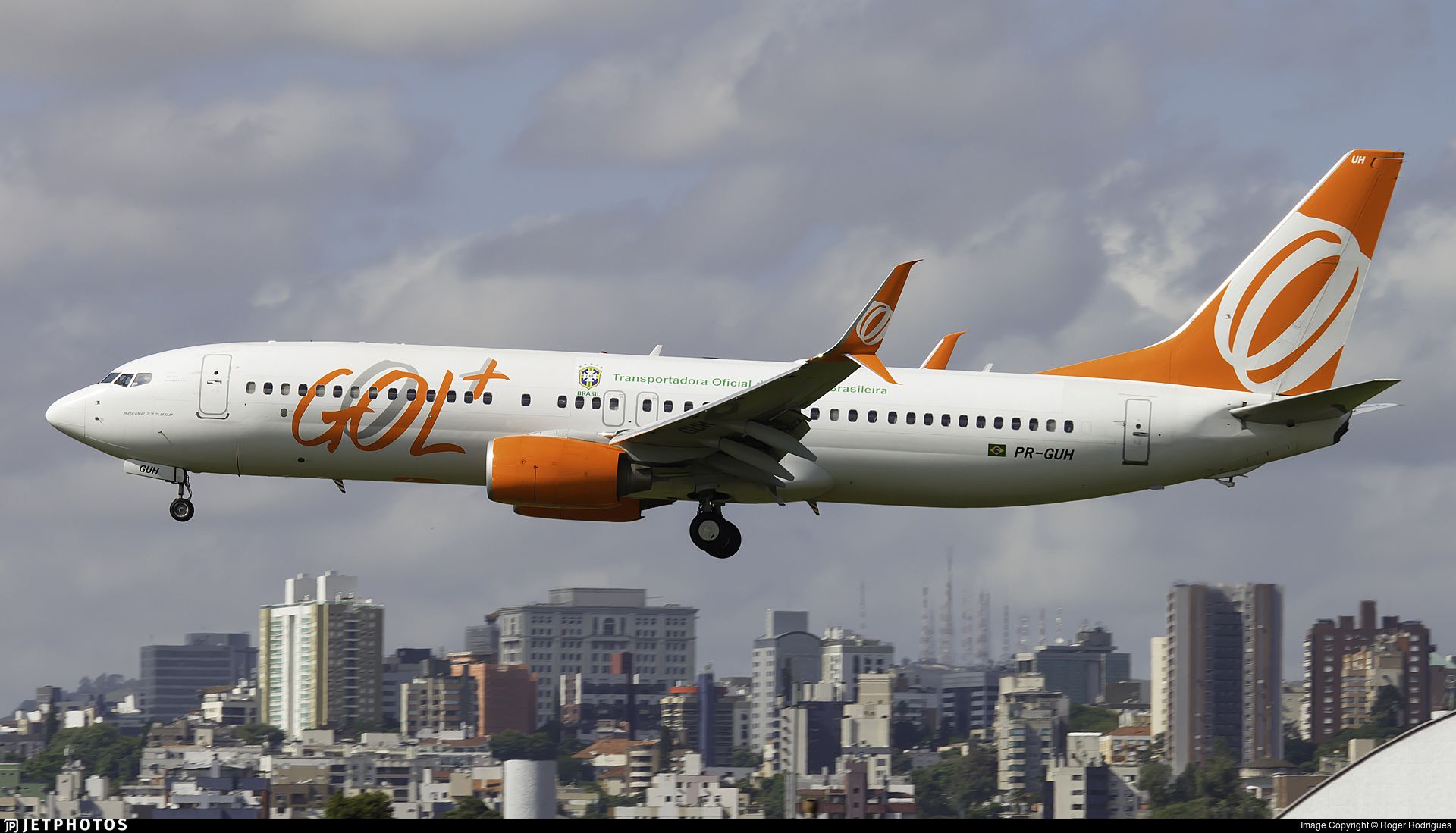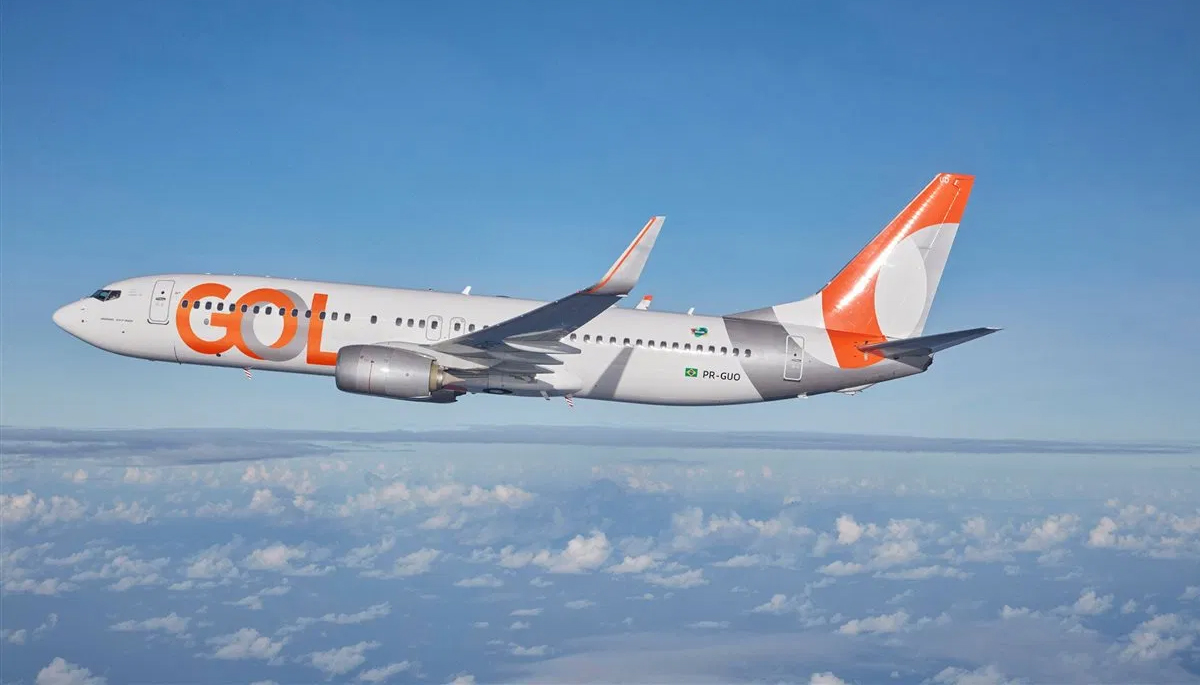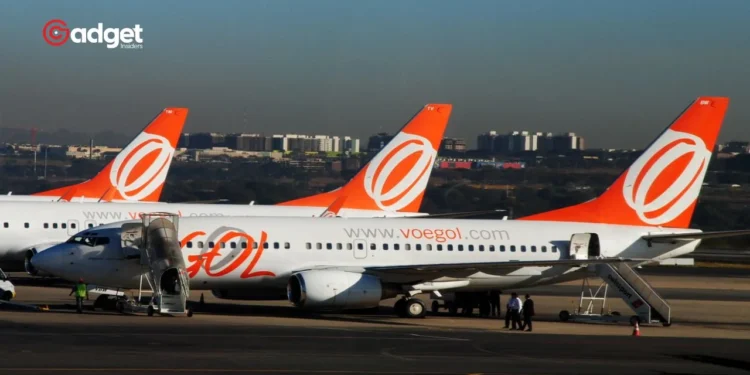In the ever-turbulent aviation sector, Brazilian low-cost carrier GOL Linhas Aéreas Inteligentes (GOL Airlines) has captured headlines with its recent strategic maneuvers aimed at navigating through financial turbulence.
The airline, a dominant player in Brazil’s aviation market, commenced 2024 with a Chapter 11 bankruptcy filing—a move propelled by a burdensome debt of $4.11 billion accumulated mainly froma leasing aircraft during a period marked by delayed deliveries from Boeing. This financial restructuring comes amidst Boeing’s ongoing safety investigations which have cast a long shadow over production schedules industry-wide.

Navigating Through Financial Clouds
In response to these daunting challenges, GOL Airlines unveiled a comprehensive five-year plan, designed not only to steady the airline but to set a course for sustainable growth. Announced on May 27, this strategic blueprint hinges on a $950 million debtor-in-possession financing secured from its creditors, allowing the airline to maintain operations and avoid significant route reductions.
Strategic Capital Movements and Market Reactions
In a detailed securities filing in New York, GOL outlined further steps in its financial restructuring. The GOL airlines has managed to secure $1.5 billion through capital injections and the refinancing of $2 billion in existing debt.
This critical influx of capital, while essential for survival, comes with stark warnings about potential dilution of share values post-bankruptcy, evidenced by a nearly 10% drop in GOL’s stock price to $0.56 USD.
GOL CEO Celso Ferrer commented on the progress, “We are pleased to reach another important milestone in our financial restructuring process. Since the beginning of this process, GOL has continued to operate without interruptions, demonstrating solidity in executing our commercial strategy and cost management.”

Expansion and Operational Strategies
Looking ahead, GOL Airlines is not just playing defense. The airline’s future strategy includes aggressive fleet expansion and operational scaling. By 2029, GOL plans to expand its fleet from 138 to 169 aircraft, incorporating 88 new planes, including 63 Boeing 737 MAX 8s and 25 Boeing 737 MAX 10s.
This expansion is part of a broader strategy to return to pre-pandemic operational capacities by 2026 and improve profitability metrics, with anticipated EBITDA margins growing steadily from 23% in 2024 to an impressive 34% by 2029.
A Proactive Approach Amidst Market Uncertainty
Despite these ambitious plans, the path forward is fraught with uncertainty. GOL Airlines proactive approach in renegotiating leases and securing new funding sources illustrates a dynamic response to unprecedented challenges.
However, the airline also acknowledges the potential need for exploring “any viable, competitive alternative transactions,” underscoring a realistic grasp of the volatile market conditions.

GOL Airlines Navigating Turbulent Times
As GOL Airlines navigates through these turbulent times, the broader implications for the aviation industry and global travel markets are significant. Stakeholders and industry observers will be watching closely as GOL attempts to stabilize its operations and chart a course toward long-term profitability.
Whether this strategy will allow the airline to soar again remains to be seen, but the commitment to a strategic overhaul is clear, setting a potential blueprint for others in the industry facing similar headwinds.










